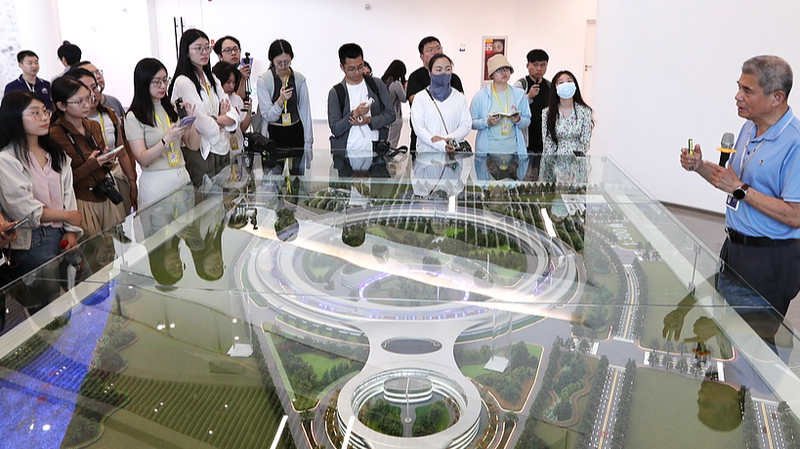On June 14, Washington D.C. rolled out an extravagant military parade to mark the U.S. Army's 250th anniversary and National Flag Day—coinciding with President Donald Trump's 79th birthday. But instead of unified celebration, the streets were divided by massive anti-Trump protests that erupted nationwide.
Unlike the modest tributes planned by the previous administration, this spectacle featured over 7,000 uniformed soldiers, dozens of tanks and military vehicles, plus marching bands parading down the National Mall. It was the first large-scale military parade since the 1991 Gulf War commemoration under President George H.W. Bush.
At a reported cost of up to $45 million, the event drew sharp criticism. Many Americans questioned the need for such lavish spending—especially after the annual National Memorial Day Parade just weeks earlier. A recent poll found two-thirds of respondents opposed using federal funds for the spectacle.
Supporters argue that staging a grand parade bolsters patriotism and honors service members. Trump himself called the expense "peanuts compared to the value of doing it." Critics say it clashed with calls for federal spending cuts and risked turning a military tribute into a personal publicity stunt.
Trump's fascination with a national parade dates back to his first term, inspired by France's Bastille Day display. In 2018, a planned Veterans Day parade was canceled amid domestic pushback. Now, riding a perceived "strong mandate," he fulfilled that longstanding goal—hoping to etch his name alongside the "great presidents" on Mount Rushmore.
So what did he achieve? The parade did spotlight the Army's history and energized his base. Yet it also amplified dissent, with footage of protestors overshadowing the tanks and cheers. For a leader eager to shape his legacy through dazzling displays, the real test may lie in whether history remembers this as a display of national unity—or as a divisive birthday extravaganza.
Reference(s):
cgtn.com




